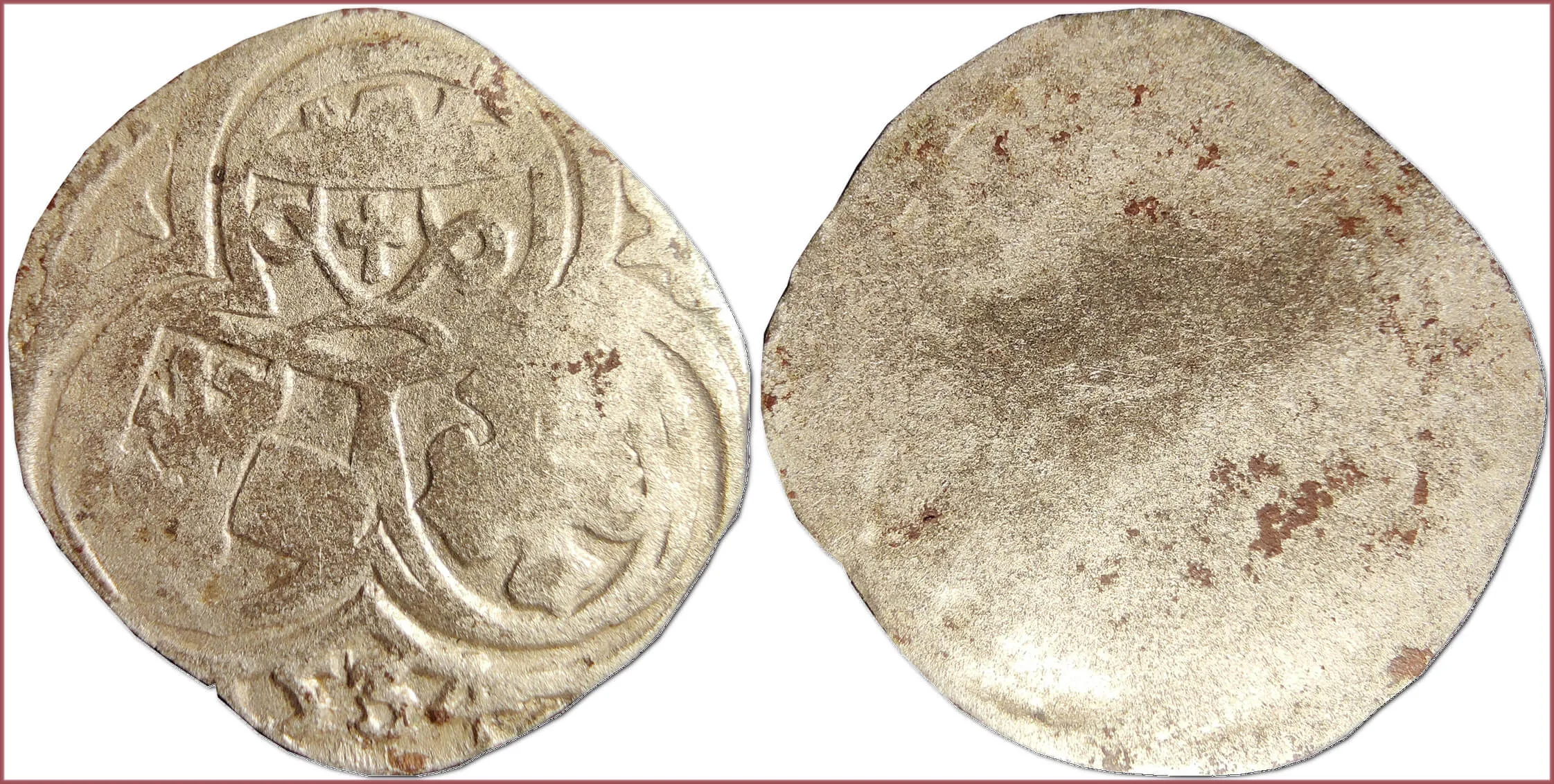ZWEIER: COIN OF SALZBURG (AUSTRIA)
Zweier, 1534: Prince-Archbishopric of Salzburg (Austrian states)
Uniface coin (bracteate — i.e., a thin silver coin minted on only one side).
Ruler: Matthäus Lang von Wellenburg — statesman of the Holy Roman Empire, Cardinal and Prince-Archbishop of Salzburg (1519-1540).
Obverse of the coin — three heraldic shields: the headdress of the archbishop and the cross (coat of arms of the cardinals), lion (the coats of arms of the Archbishopric of Salzburg) and the cross-shaped main element of the coat of arms of M. Wellenburg.
Reverse of the coin — without legend and without any image.
This coin was issued (hammered coinage) during the entire period of the reign of Matthäus Lang von Wellenburg. Known zweiers of this type from 1519, 1520, 1521, 1522... 1537, 1538, 1539, 1540. There are several varieties.
- Silver: 13 mm - 0.59 g
- Reference price: 7.5$
COIN ZWEIER — WHERE & WHEN (coins catalog: by names & emitents)
- AUSTRIA (Austrian states) — PRINCE-ARCHBISHOPRIC OF SALZBURG (1512-1620): zweier = 2 pfennig
- GERMANY (German states) — CITY OF KONSTANZ, BISHOPRIC OF PASSAU (16th-17th centuries): zweier = 2 pfennig
About the name of the coin zweier: the name of the zweier coin loosely translated from German means "double" (from the German "zwei" — "two")... It is about the equivalence of zweiers to two pfennigs.
In general, a zweier is a one-sided coin that was made of silver and billon (an alloy with a small amount of silver) in the territory of modern Austria and Germany in the 16th and 17th centuries. It was equal to 2 pfennigs. It was a late bracteate – a thin coin with an image on only one side. The weight was always below 1 gram (often around 0.5 g).

